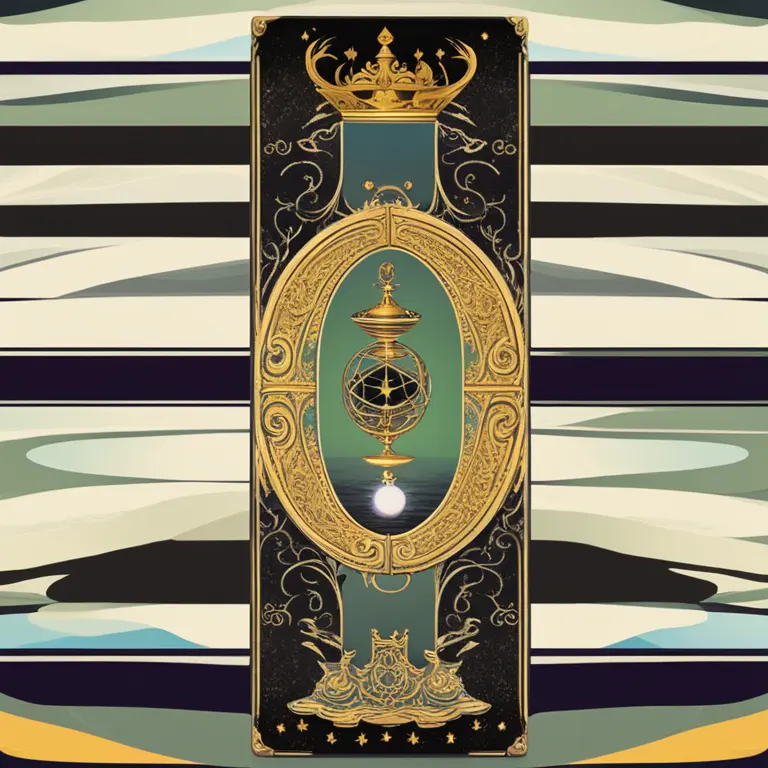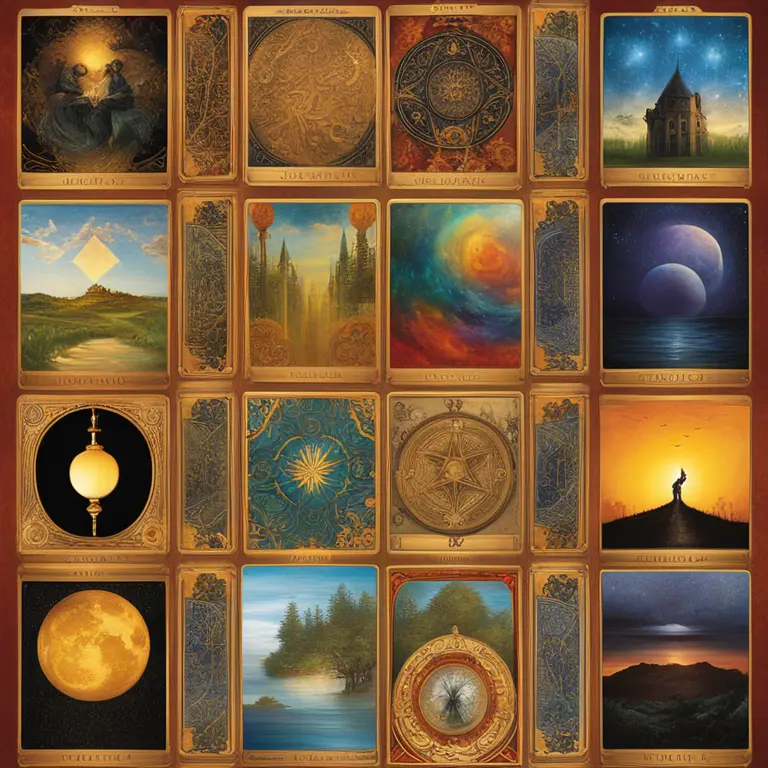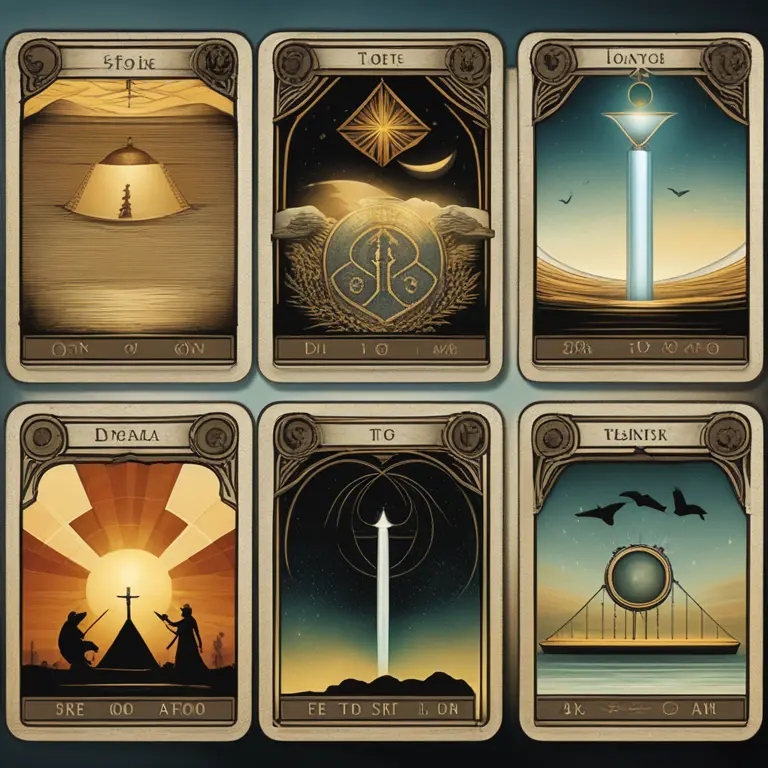
The Mysterious Beginnings
The precise origins of Tarot cards are shrouded in a veil of history and mystery. The first recorded decks appeared in the 15th century, linked to the cultural melting pot of medieval Europe. Early tarot cards were used for games, such as Tarocchini in Italy and later as a divination tool. The primary purpose of these original decks was for play, not the mysticism with which they are now so frequently associated.

From Game to Divination
It wasn't until the 18th century that Tarot cards began to be associated with esotericism and used as a method for divination. The practice of using the Tarot for reading one's fortune is believed to have been developed by occultists who saw deeper symbolic meanings in the cards. Antoine Court de Gébelin, a French occultist, was among the first to propose that the Tarot had mystical Egyptian origins—a theory widely dismissed by scholars today.

The Imagery of Tarot
Tarot cards are rich in symbolism and include a variety of archetypal figures, numbers, and situations that offer complex meanings. Many believe they were designed with an inherent structure that mirrors aspects of human life and experiences. The Major Arcana cards depict significant life events and lessons, while the Minor Arcana reflects day-to-day occurrences.

The Artists and Craftsmen
The design of the earliest Tarot cards is attributed to Italian artists and craftsmen whose names have largely been lost to history. However, it was in the late 15th century that tarot cards began to bear the intricate artwork that they are recognized for today. Renaissance artists like Bonifacio Bembo are credited with crafting some of the oldest known Tarot decks, the so-called Visconti-Sforza deck, commissioned by the Duke of Milan.
Renaissance Influence
During the Renaissance, several other prominent artists contributed to the design of Tarot cards, though not all their names have been recorded. Each deck was hand-painted, a painstaking process that rendered them as much works of art as gaming or divination tools. The Renaissance era introduced numerous symbols and allegorical imagery into the Tarot, influenced by religion, mysticism, and classical iconography.
The Evolution of Design
As the printing press evolved and became more widely available, so too did the creation of Tarot cards. The mass production of decks in the 18th and 19th centuries meant that the cards were no longer the domain of the elite and became accessible to the broader public. Thus, the design of the cards continued to evolve with new artists bringing their perspectives to the Tarot. The Rider-Waite-Smith deck, published in 1909, designed by Pamela Colman Smith under the direction of Arthur Edward Waite, is one of the most well-known examples of this evolution and the revolutionary approach to Tarot card imagery.
Modern Tarot and Contemporary Artists
In today's world, Tarot cards continue to be reimagined by contemporary artists. Creators draw on diverse cultural, artistic, and thematic elements, reflecting modern sensibilities and interpretations of the traditional symbols. With the flourishing New Age culture, specifically as we approach 2024, Tarot decks may continue incorporating contemporary motifs relevant to the period, including digital trends and shifting societal values.
Published: 1/17/2024
Modified: 1/17/2024
More predictions
Come back here soon to learn more about yourself and your future


Can Tarot Cards Foretell Your Romantic Future?
Discover how Tarot readings might offer insights into your love life and whether they can predict romantic outcomes.


The Essence of Tarot: Beyond the Supernatural?
Are tarot cards merely cards, or do they hold supernatural essence? This article delves into the mystical realm of tarot to uncover its true nature.


The Tarot Card of Virgo: Mystical Insight
Delve deep into the association between Virgo and its tarot persona, examining the symbolic connections in the tarot universe.